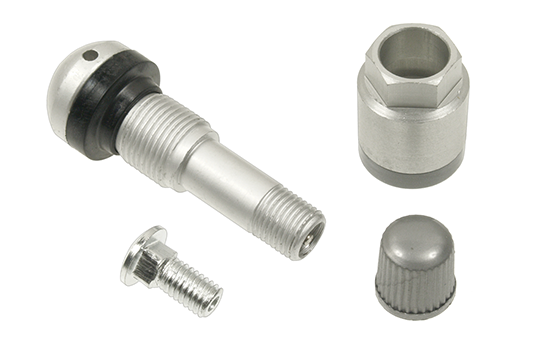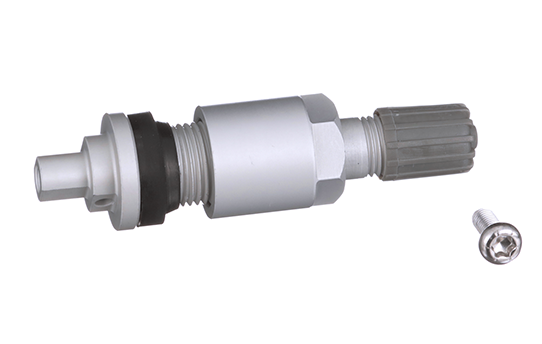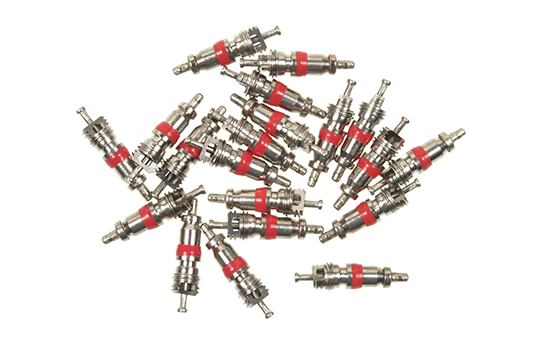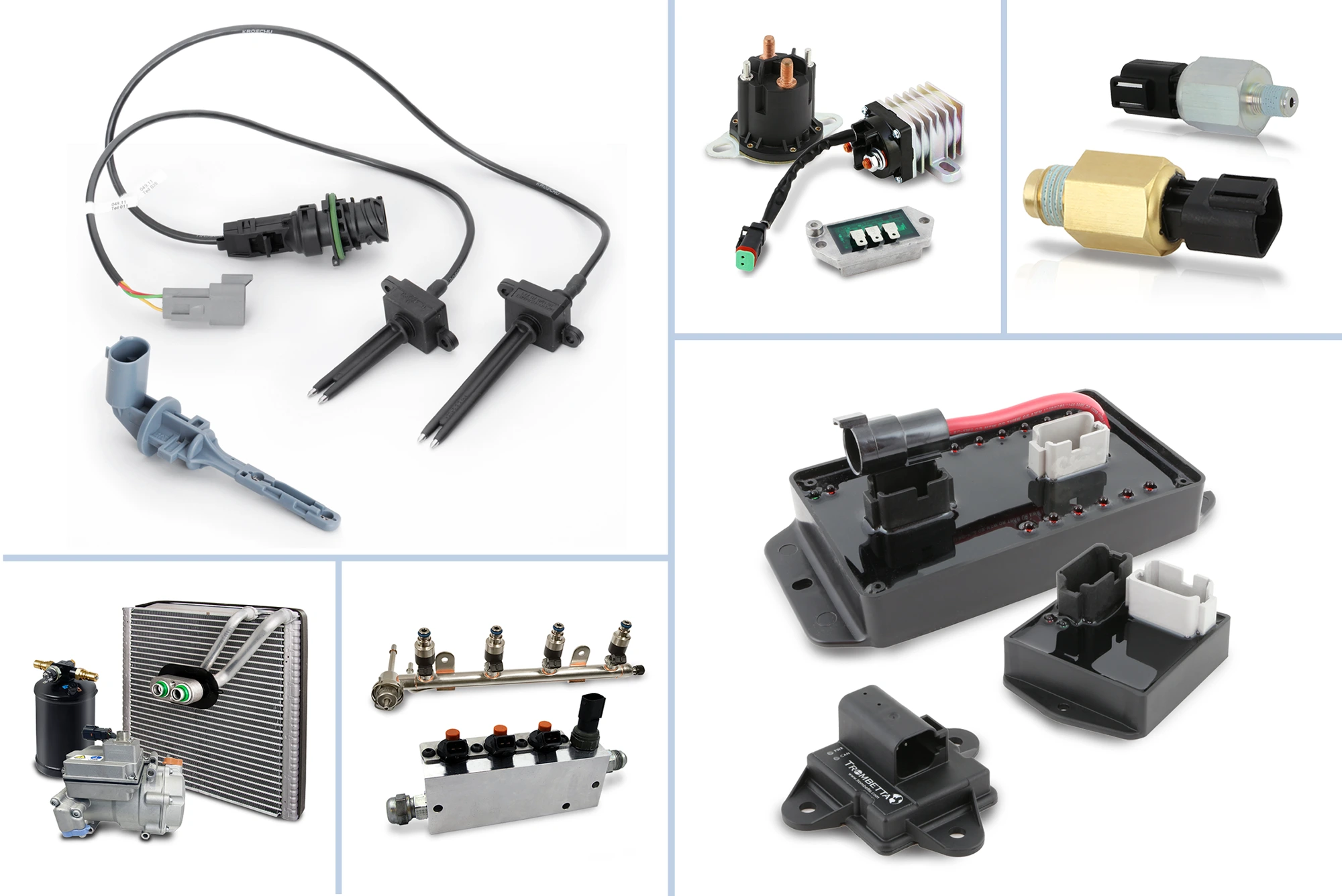What's in Your Box?™
TPMS Program
Standard’s blended Tire Pressure Monitoring System Program includes OE-Matching and Multi-Frequency QWIK-SENSOR® TPMS Sensors for 99% coverage.
3 Things To Know
OE-Match Sensors
Standard® offers a full line of OE-Match pre-programmed TPMS Sensors ready to install right out of the box.
QWIK-SENSOR®
QWIK-SENSOR® Multi-Frequency TPMS Sensors combine 314.9MHz - 434MHz applications into one single Sensor program.
99% Coverage
Our blended program offers 99% coverage plus a full line of service kits and TPMS tools.
Standard® Has TPMS Covered
Coverage
Comprehensive Coverage
The Standard® TPMS program covers 99% of the vehicles on the road. That includes OE-Match TPMS Sensors, QWIK-SENSOR® Multi-Frequency Single Sensor Program, mounting hardware, service kits, and TPMS tools for industry-leading late-model coverage.
- Tire Pressure Monitoring Systems (TPMS) first started appearing on vehicles in 2004, and in 2008 it became mandatory that all new light vehicles sold in the U.S. have this important safety system.

Market
Growing Market
TPMS became mandatory on all new light vehicles sold in the U.S. in 2008, and there are around 1 billion TPMS sensors on roads today.
TPMS sensors are entirely powertrain-neutral, meaning they’re used on all light vehicles regardless of powertrain. Gas, diesel, hybrid or EV, the Standard® TPMS program has you covered.
- TPMS sensors should be relearned any time tire/wheel placement is changed.
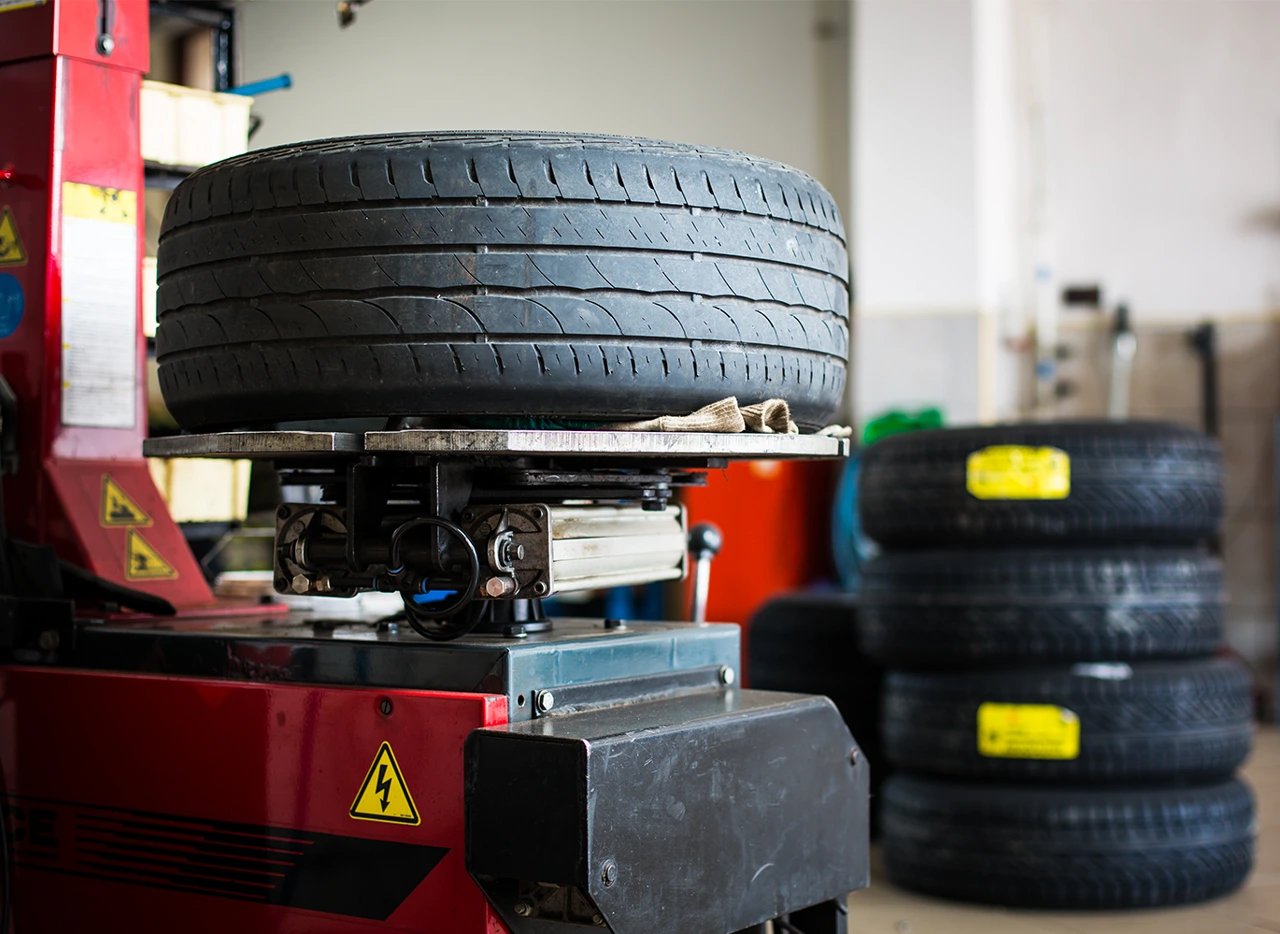
Service Opportunities
Service Opportunities
TPMS sensors are sealed units powered by batteries, with the typical lifespan of these batteries being 5-10 years. When one TPMS sensor fails, chances are the others will soon follow. To avoid future problems, experts recommend replacing all 4 TPMS sensors at the same time.
- Canned tire sealants can cause immediate damage to TPMS sensors. If any type of sealant has been used, a new TPMS sensor should be installed.
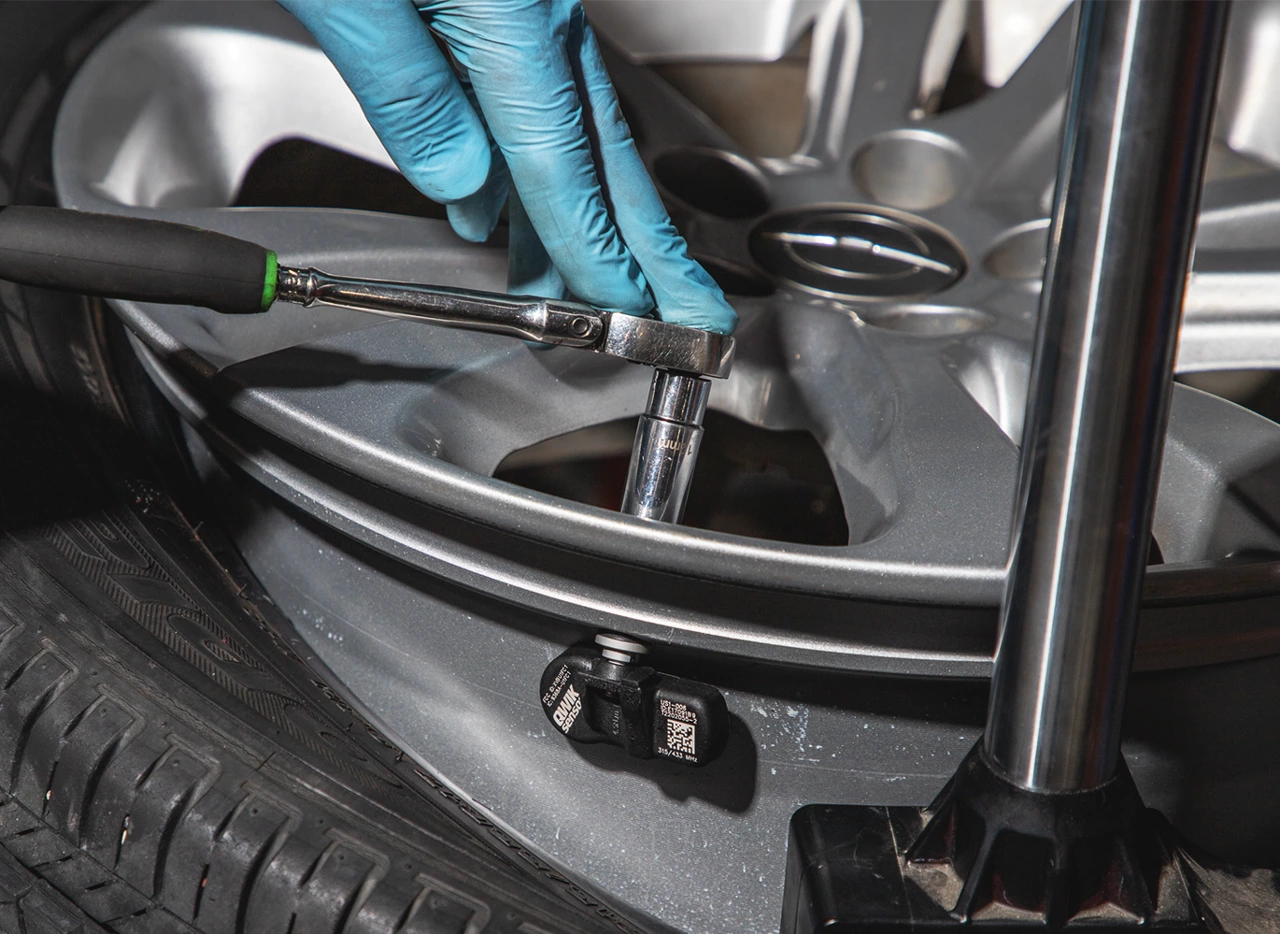
Engineering & Design
Engineering
Standard® TPMS Sensors are designed and engineered using the very latest technology.
The QWIK-SENSOR® features faster programming times and a longer battery life, while OE-Match TPMS Sensors are programmed from the factory with exact vehicle-specific application software so they can be directly installed.
- The required sensor programming can be completed before or after installation, and while under pressure.
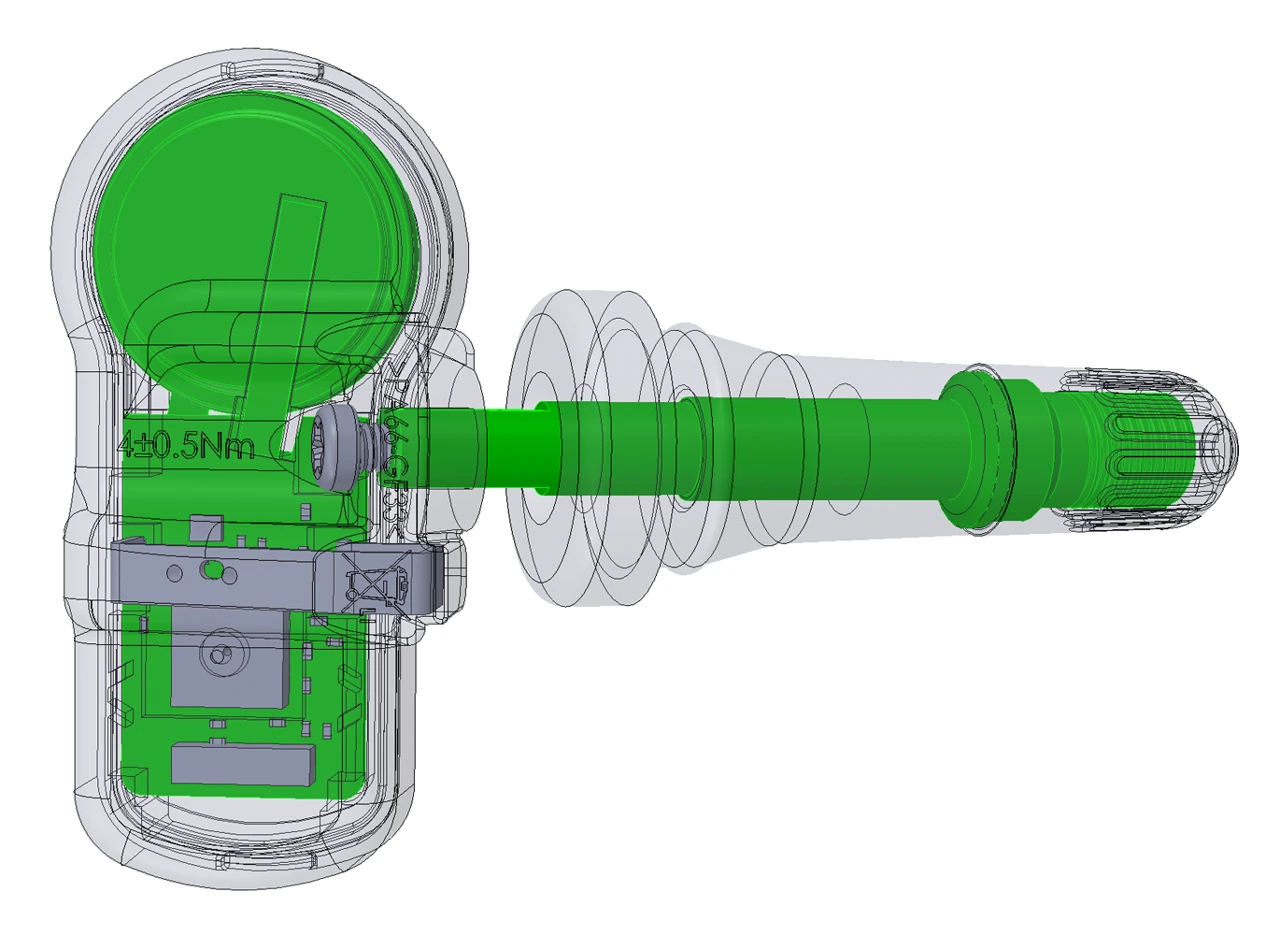
Manufacturing
Precision Manufacturing
Standard® TPMS Sensors are designed and manufactured using the latest technology to meet OE performance in compliance with all SAE2657 specifications.
Every Sensor is precision-engineered for application-specific operation and a long service life.
- Our facility produces more than a million Sensors annually, earning international and national certifications including U.S. FCC, European E-Mark, Canada IC, and Taiwan NCC while meeting FMVSS138, SAE J2657, ISO9001, and IATF 16949 quality standards.
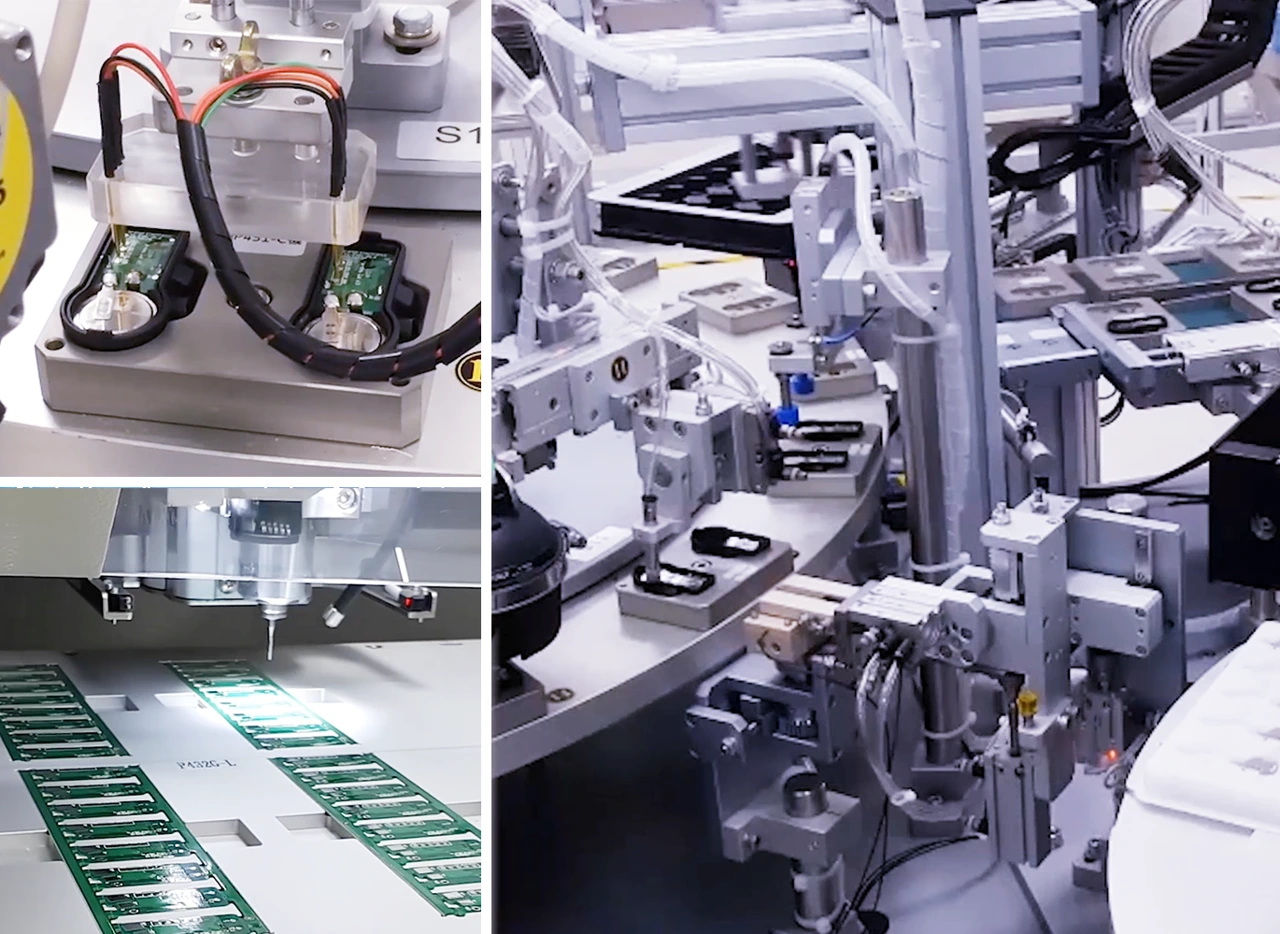
Testing & Validation
Testing & Validation
Each Standard® TPMS Sensor undergoes extensive testing to ensure performance and durability. We subject our Sensors to SAEJ2657 certification standards including operational temperature, thermal shock, extreme temperature, humidity, frost, proof pressure, rapid deflation, contamination, salt fog, drop, centrifugal force vehicle speed, and mechanical vibration testing.
- Our results are validated by live 168-hour on-vehicle testing at independent labs.
During normal usage, TPMS sensors are only active for a few hours per day. To make sure our sensor batteries last, we subject them to an Accelerated Life Test.
First, we load the TPMS Sensors in the testing chamber. Next, we run the test 24 hours a day, 7 days a week.
The result is a TPMS sensor battery that lasts, keeping this important safety feature running.
TPMS Categories
Technicians look to Standard® for the parts required to do the job right. From TPMS Sensors to TPMS tools and service kits, Standard® has the parts needed to service TPMS correctly the first time.
TPMS Sensors
OE-Design TPMS Sensors
Features & Benefits
With more than 250 SKUs, Standard® OE-Match TPMS Sensors provide 99% coverage – the best in the industry. Pre-programmed from the factory with exact vehicle-specific OE application software, Standard® TPMS Sensors can be directly installed.
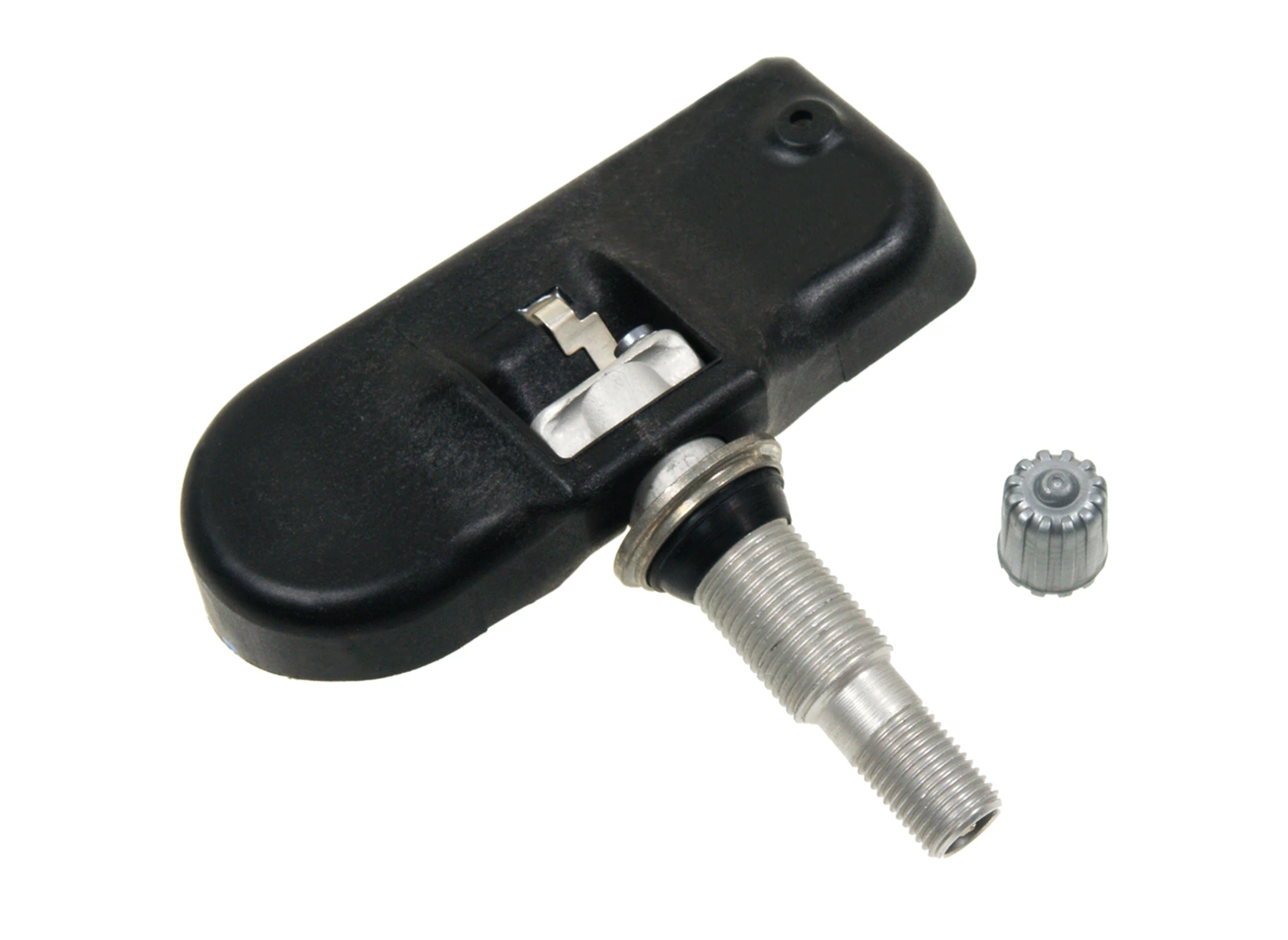
No Programming Required
Pre-programmed and can be installed right out of the box
Maximum Battery Life
Military-grade lithium battery ensures maximum battery life and sensor performance
Direct-Fit Replacement
Matches the original for ease of installation and proper performance
TPM65A | Mazda Cars (2013-04)
OE Design TPMS Sensor Videos
The StandardBrand YouTube TPMS playlist features product and technical information, installation and programming videos, training videos and more. With more than 650 videos (and growing), the StandardBrand YouTube channel has proven to be a valuable resource for technicians and parts professionals alike.
Three Things to Know: TPM116RA
Customer TPMS Inspection
Understanding the TPMS Light - Solid or Flashing
OE Design TPMS Sensors
QWIK-SENSOR TPMS Sensors
Features & Benefits
QWIK-SENSOR® Multi-Frequency TPMS Sensors combine all frequencies into a single sensor, eliminating duplication of inventory. The QWIK-SENSOR® is available with a factory-installed rubber or metal valve stem, and works on both domestic and import applications with 314.9MHz to 434MHz TPMS systems. Each Sensor is independently tested to match OE protocols including LOCSYNC, PAL, POD, and WAL advanced TPMS technologies.
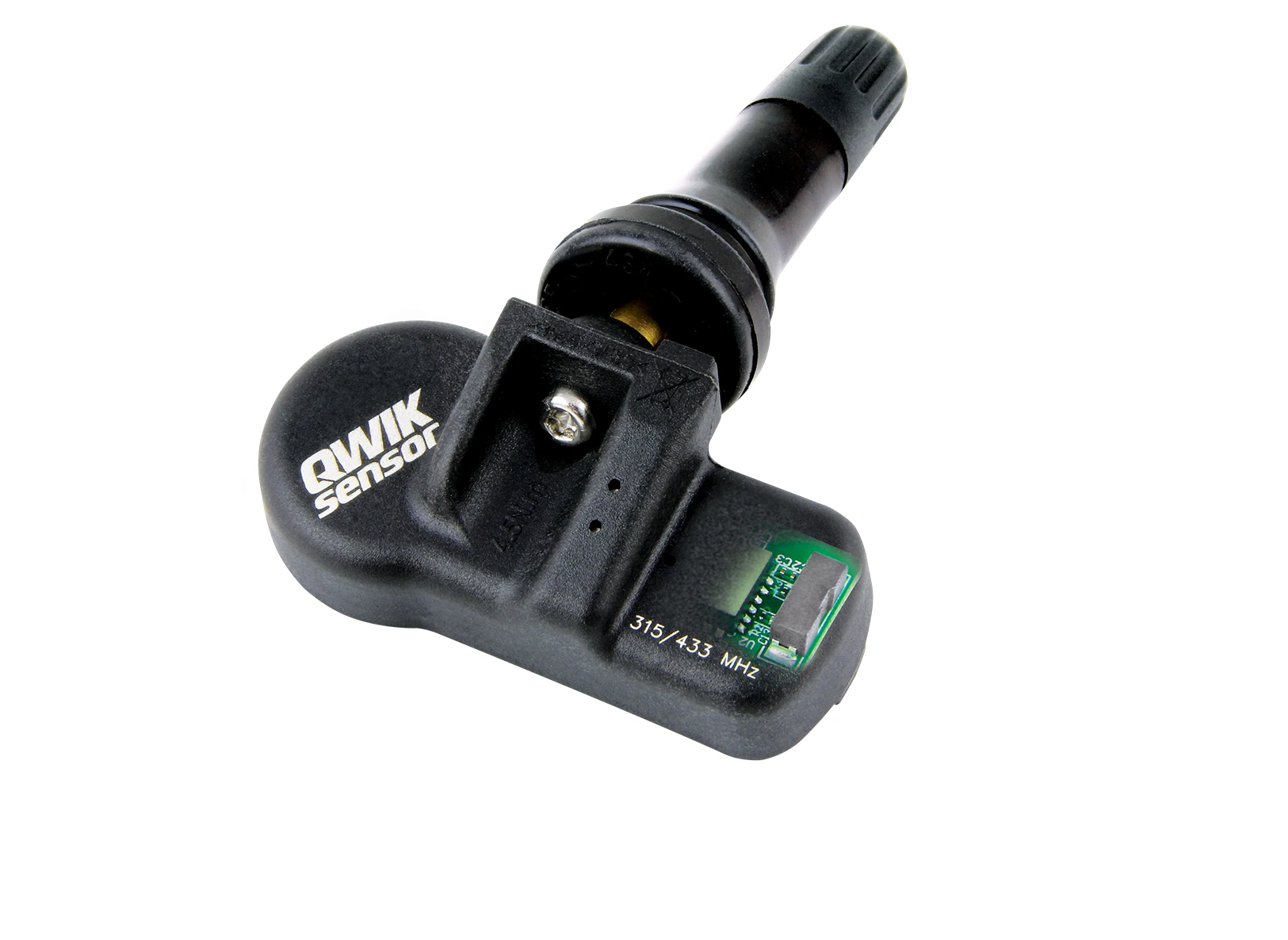
ASIC-Equipped
Application-Specific Integrated Circuit features an accelerometer which uses multi-axis positioning allowing the TPMS system to accurately display pressure on demand
Available in Multipacks of 25
For Professionals: Contains 25 individually wrapped QWIK-SENSORS® (available in rubber or metal valve stems)
Metal or Rubber Valve Stem
Factory-installed
Enhanced Signal Integrity
Surface-mounted, dual-band antenna enhances signal integrity and reliability without compromising battery life to ensure data is transmitted accurately
QS106R | Universal
Compatibility
QWIK-SENSOR® Multi-Frequency TPMS Sensors are compatible with most popular TPMS programming tools. For a complete list of compatible tools, including our QWIK-SENSOR® programming tools, view our Just the Facts: QWIK-SENSOR® Tool Compatibility flyer.
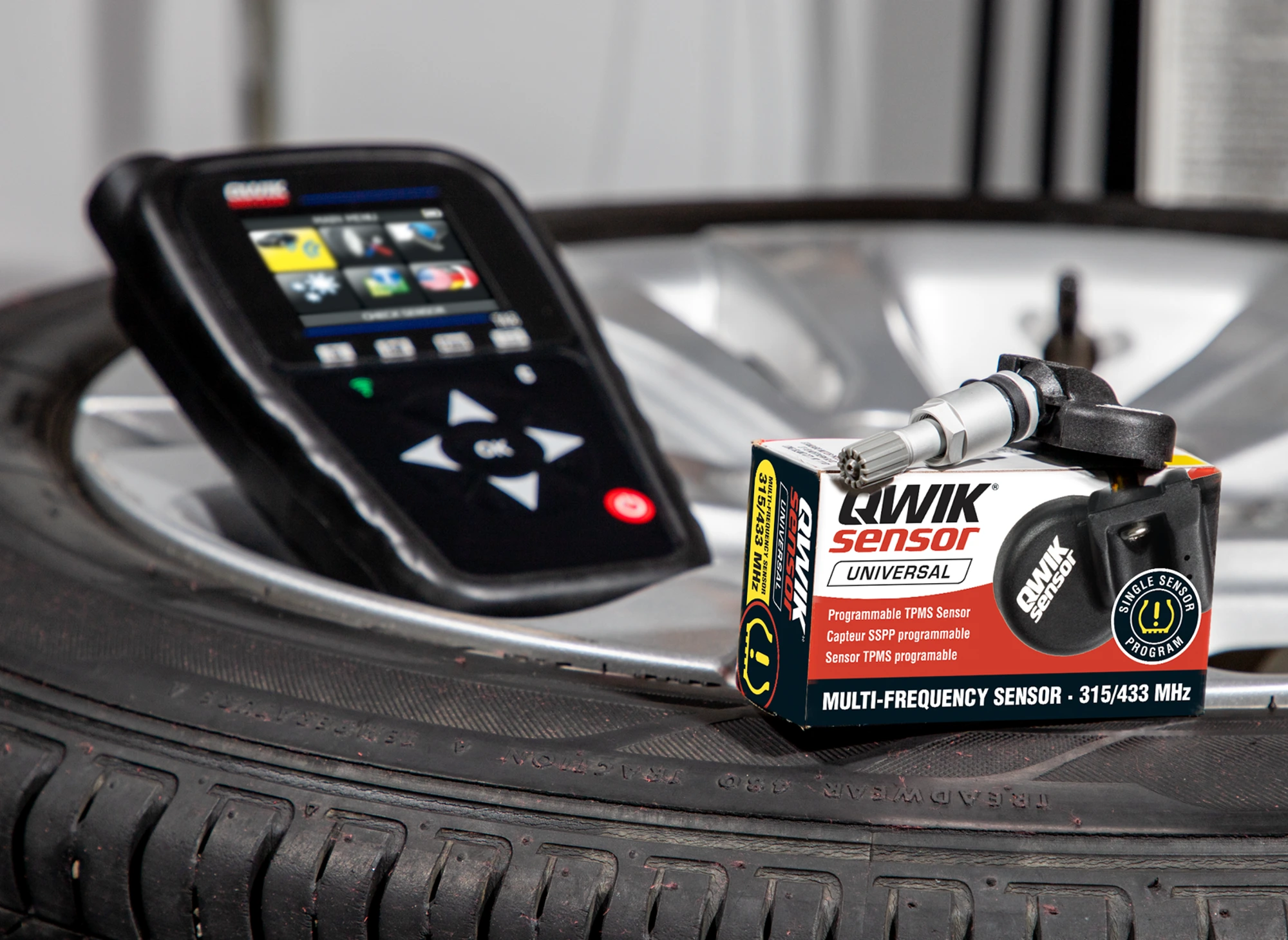
QWIK-SENSOR® TPMS Sensor Videos
The StandardBrand YouTube TPMS playlist features product and technical information, installation and programming videos, training videos and more. With more than 650 videos (and growing), the StandardBrand YouTube channel has proven to be a valuable resource for technicians and parts professionals alike.
Standard® Single Sensor TPMS Program
T47000 TPMS Tool Copy/Clone Set of QWIK-SENSORs DEMO
T47000 TPMS Tool Retrieve-ID For Copy Clone Set of QWIK Sensors Demo
QWIK-SENSOR® TPMS Sensors
TPMS Service Kits
Features & Benefits
Standard® offers a full line of complete TPMS Service Kits including valve cores, valve nuts, seals, washers and valve caps. Each component in our TPMS Service Kits is precision-engineered with high-grade materials for peak operation, enhanced performance and a long service life.
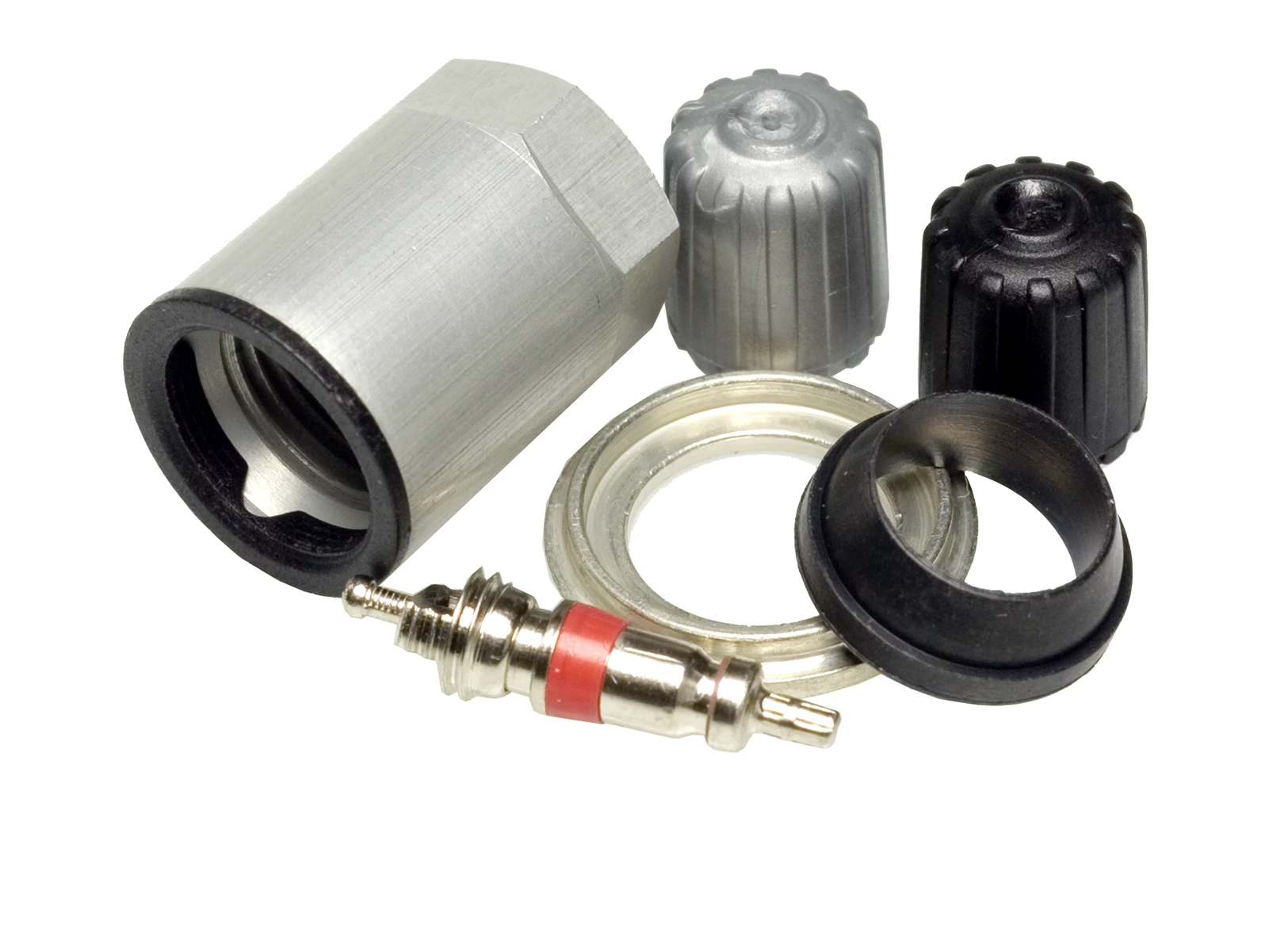
Precision-Engineered
With high-grade materials for peak operation and reliability
OE-Matching
A full line of complete TPMS coverage, matching the OE for perfect fit and proper performance
TPM1050K | Jaguar / Land Rover Cars & SUVs (2016-04)
System Overview
System Overview
The TPMS sensor is typically located as a valve-mounted stem in the tire. There are also band-mounted sensors that are attached to the wheels themselves. TPMS sensors can fail due to road hazard damage, overtightening, using an improper valve core, electronic failure and sensor battery discharge.
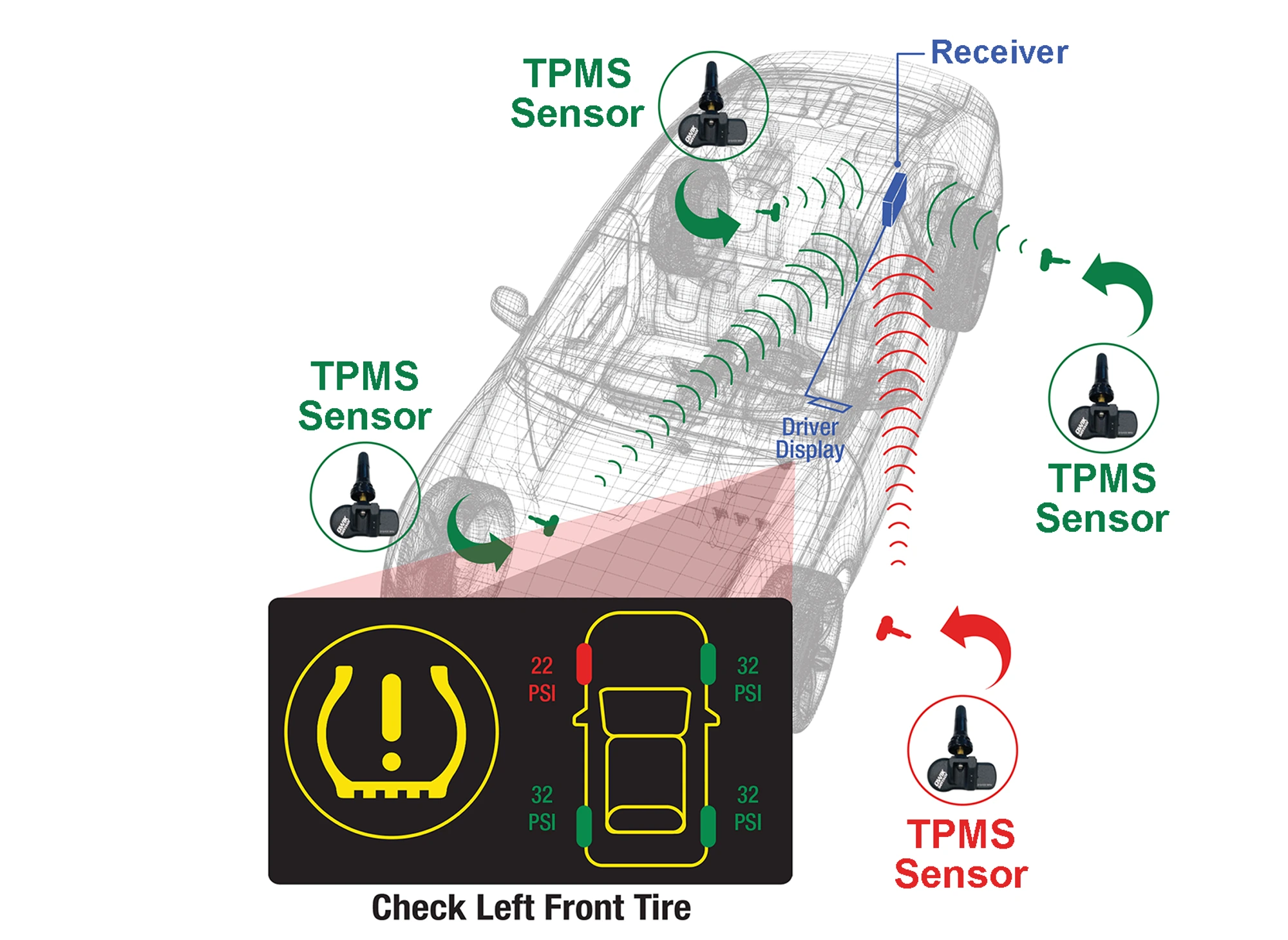
TPMS Programming Tools
T47000
Features & Benefits
Standard’s T47000 TPMS Service Tool Kit is a TPMS diagnostic tool that provides comprehensive make, model and year-specific relearn procedures built into the tool, speeding up the repair process and saving technicians money.
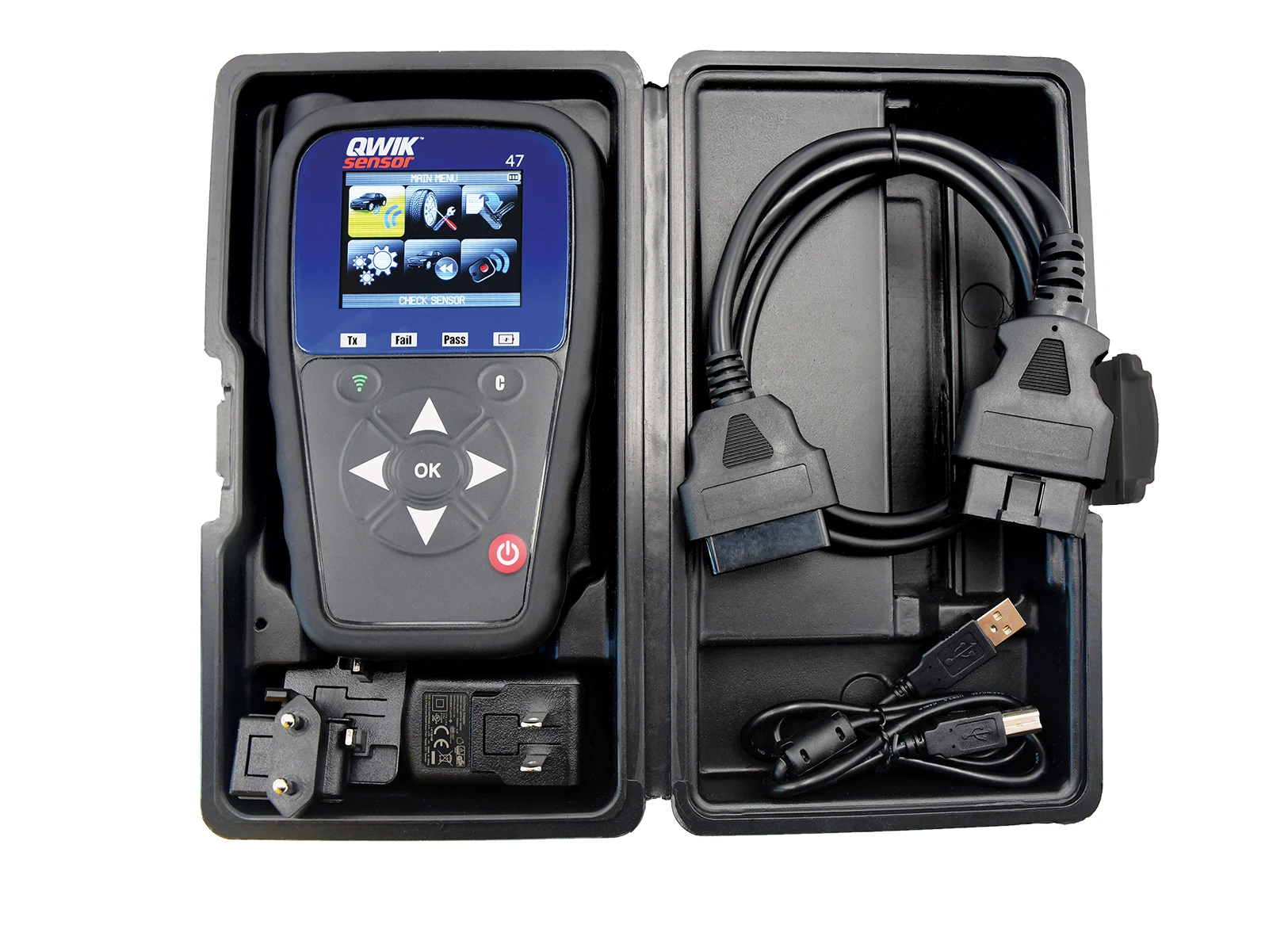
Direct & Indirect Relearns
Provides both direct (OBD, auto, manual) and indirect TPMS relearn procedures
Limited Lifetime Updates
Included for the original purchaser
QWIK-SENSOR®-Compatible
Programs QWIK-SENSOR® TPMS Sensors by create, copy, copy by ODBII, copy by set of sensors or TPMS ID input
Built-In OBD Module
With a quick connect cable, allowing simple and easy OBDII transfers without the need for an additional accessory
T47000 | Universal
T47000 Tool Videos
The StandardBrand YouTube TPMS playlist features product and technical information, installation and programming videos, training videos and more. With more than 650 videos (and growing), the StandardBrand YouTube channel has proven to be a valuable resource for technicians and parts professionals alike.
T47000 TPMS Tool RKE Key Fob test Demo
T47000 TPMS Tool - Create New QWIK-SENSOR® Demo
T47000 TPMS Tool Tire Pressure Placard Adjustment Demo
T48000
Features & Benefits
The Standard® T48000 TPMS Service Tool Kit is a comprehensive TPMS diagnostic tool that allows technicians to efficiently service universal and OE TPMS sensors. This tool programs Standard® OE-Match Sensors, QWIK-SENSOR® Multi-Frequency Sensors, and other popular universal and multi-coverage sensors.
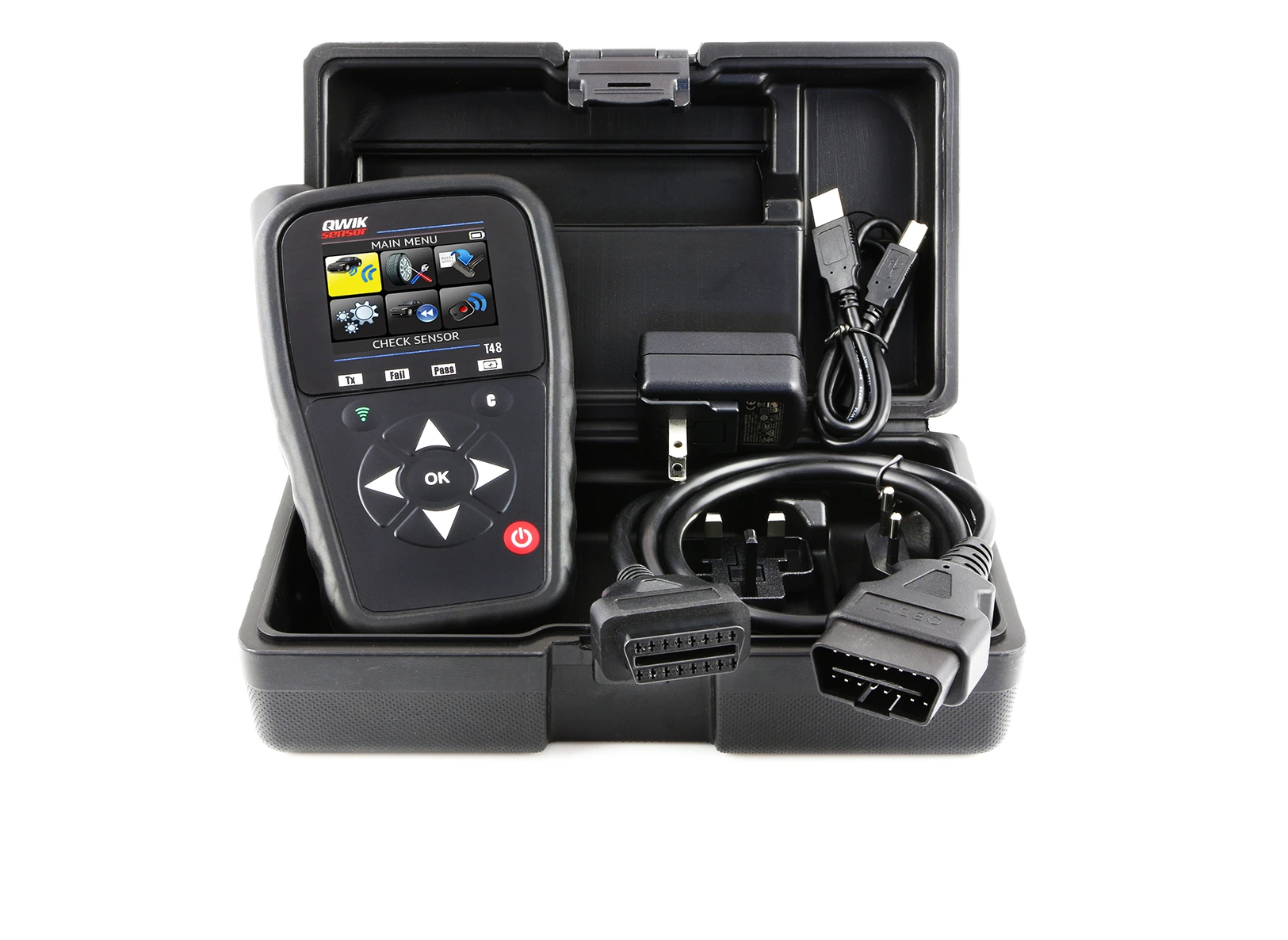
Integrated OBDII Module
Eliminates the need for a separate dongle
Application-Specific Relearns
Comprehensive make, model, and year-specific relearn procedures speed up the repair process
Wi-Fi-Capability
Allows for software updates without the need to plug into a PC
Bluetooth Technology
Allows for connection to peripherals and accessories wirelessly
T48000 | Universal
T48000 Tool Videos
The StandardBrand YouTube TPMS playlist features product and technical information, installation and programming videos, training videos and more. With more than 650 videos (and growing), the StandardBrand YouTube channel has proven to be a valuable resource for technicians and parts professionals alike.
TPMS Tech Tip: Tool Update
Standard® Single Sensor TPMS Program
TPMS Tech Tip: Signal Interference From Hoist
T57000
Features & Benefits
The Standard® T57000 advanced TPMS Service Tool provides comprehensive coverage for domestic, European, and Asian vehicles, allowing for complete TPMS service management. Built-in relearn procedures speed up the repair process. This tool programs universal multi-coverage sensors.
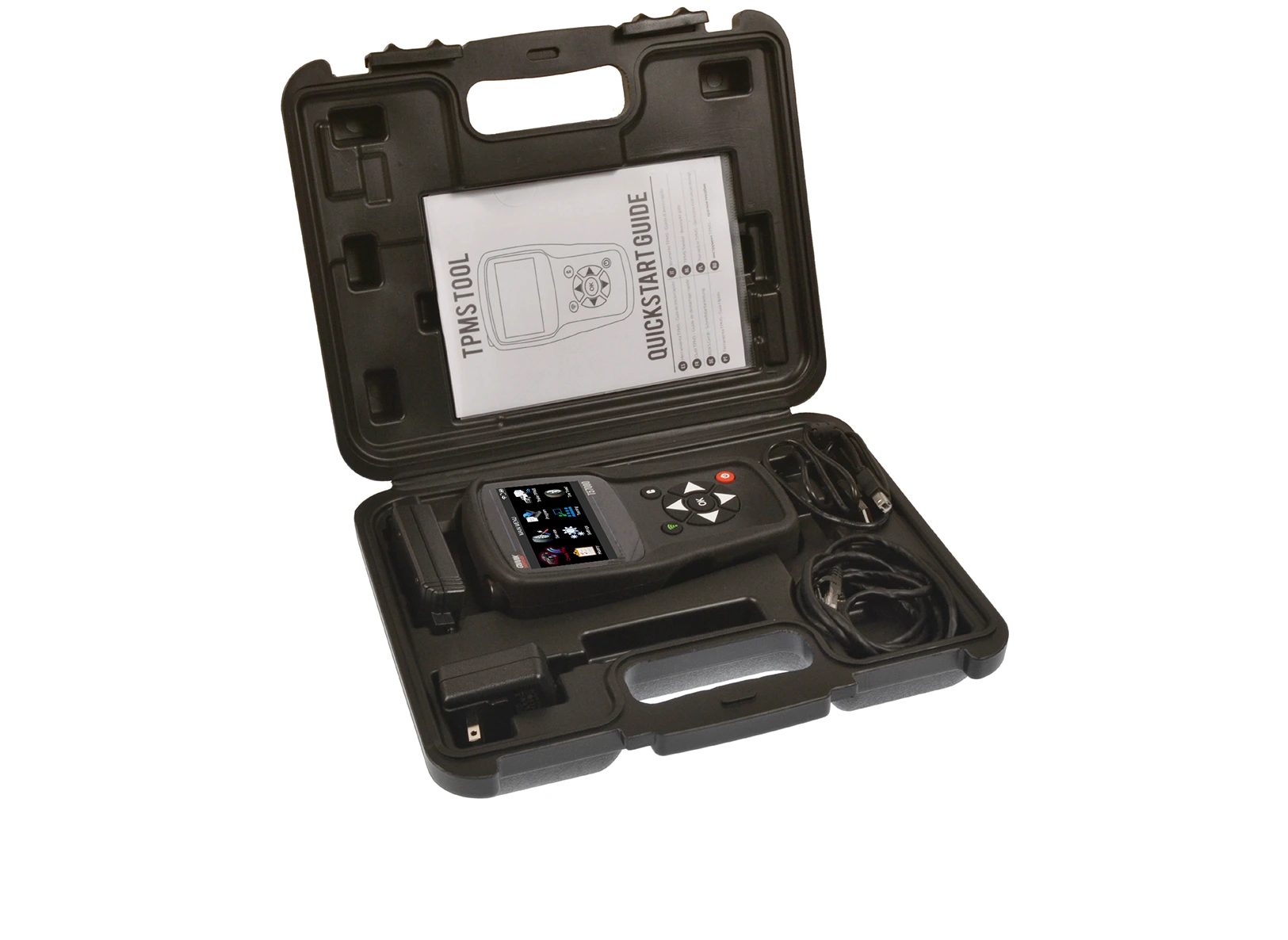
Bluetooth Technology
Allows for connection to peripherals and accessories wirelessly
Onboard History
Saves TPMS history onboard and in PC so professional repair work order information can be provided to customers
Integrated VIN Scanner
Ensures accurate selection of make/model/year
High-Resolution Touch Screen
4.3-inch color display allows for easy navigation
T57000 | Universal
T57000 Tool Videos
The StandardBrand YouTube TPMS playlist features product and technical information, installation and programming videos, training videos and more. With more than 650 videos (and growing), the StandardBrand YouTube channel has proven to be a valuable resource for technicians and parts professionals alike.
TPMS Tech Tip: Tool Update
Standard® Single Sensor TPMS Program
TPMS Tech Tip: Signal Interference From Hoist
TPM5020
Features & Benefits
Standard’s complete TPM5020 TPMS Tool Kit includes all of the tools needed to complete a TPMS service neatly packed and protected in a molded tool case.
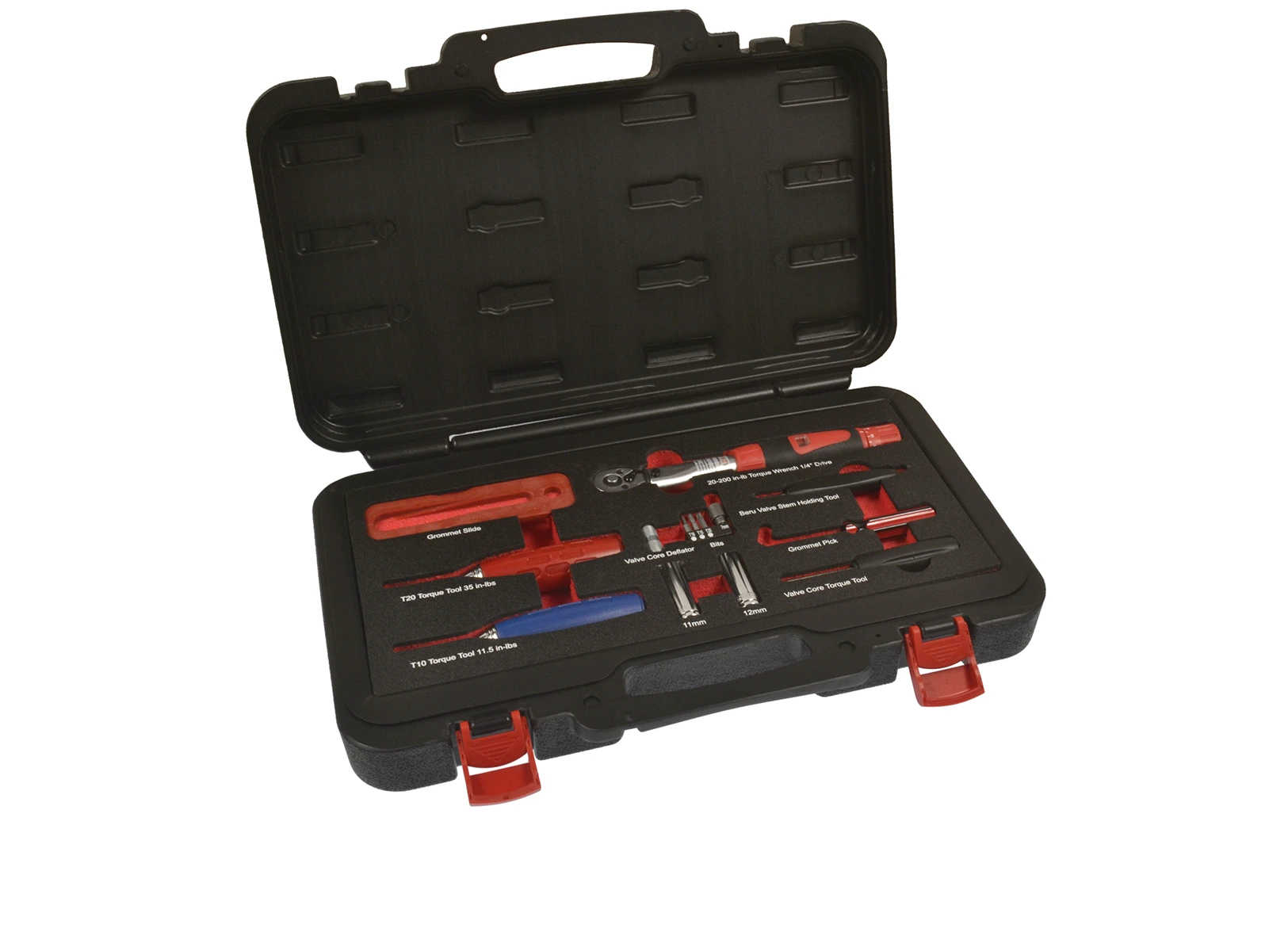
Sockets and Tools
Includes T-10, T-15, T-20 and 7mm sockets, as well as pre-torqued T-20 and T-10 tools
Torque Wrench
¼-inch torque wrench (20-200 in/lb) complete with 11mm and 12mm deep sockets, offering wider torque range and ensuring accurate TPMS nut installation
Additional Tools
Includes Beru valve stem holding tool, grommet pick, grommet slide and valve core tool
TPM5020 | Universal
TPM5020 Tool Videos
The StandardBrand YouTube TPMS playlist features product and technical information, installation and programming videos, training videos and more. With more than 650 videos (and growing), the StandardBrand YouTube channel has proven to be a valuable resource for technicians and parts professionals alike.
Customer TPMS Inspection
Understanding the TPMS Light - Solid or Flashing
Standard® Single Sensor TPMS Program
Tire Tread Depth Gauge
Features & Benefits
The Standard® TPMSSDTG TPMS Programming Tool connects to our T56000 and T57000 diagnostic tool kits allowing for a complete tire and TPMS sensor check during routine maintenance.
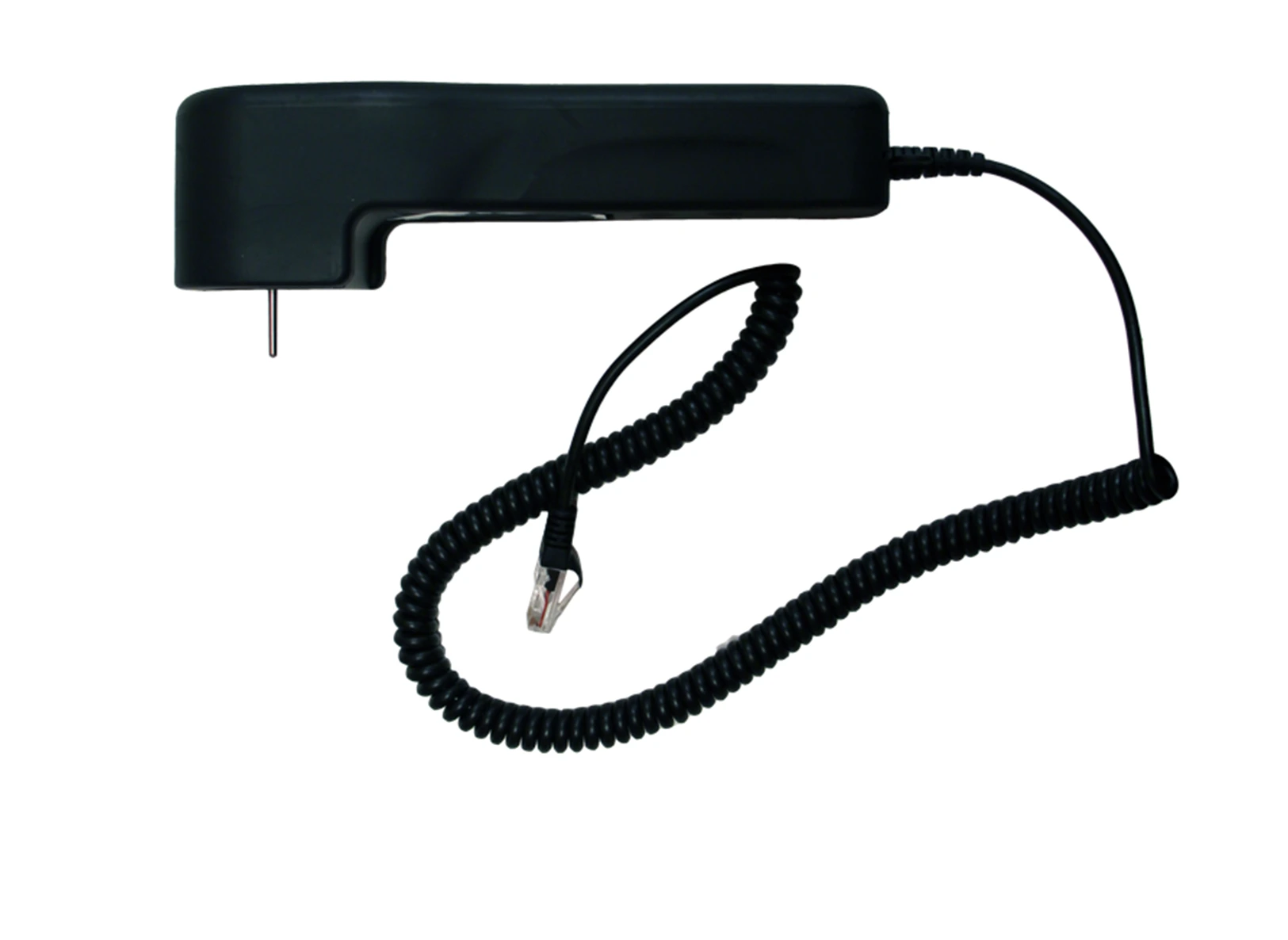
Color-Coded
Green, yellow and red color coding effectively illustrates wear against safety thresholds, helping to promote customer service and tire sales
Easy Results
Connects to T56000 and T57000 where results can be displayed or transferred to a PC to share with customers
Detects Worn/Damaged Tires
Professional-grade tool allows for the quick detection of worn tires, tire damage and even poor alignment resulting in additional service and tire sales opportunities
TPMSSDTG | Universal
Tire Tread Depth Gauge Videos
The StandardBrand YouTube TPMS playlist features product and technical information, installation and programming videos, training videos and more. With more than 650 videos (and growing), the StandardBrand YouTube channel has proven to be a valuable resource for technicians and parts professionals alike.
Tire Tread Depth Gauge VT56000 SMP TPMS Tool Accessory
Tire Tread Depth with the T56000 TPMS Tool
Standard® Single Sensor TPMS Program
TPMS Tool Updates
Features & Benefits
Standard® uses Live Sensor technology in our TPMS tools. The Live Sensor function allows Standard® to update database files for programmable tools without waiting for a whole new software update. Live Sensor allows the release of make-model-year coverage and updates as soon as they are available, in as little as a few hours. In addition, any mistakes or errors found in the data can be immediately fixed for all users in real-time.
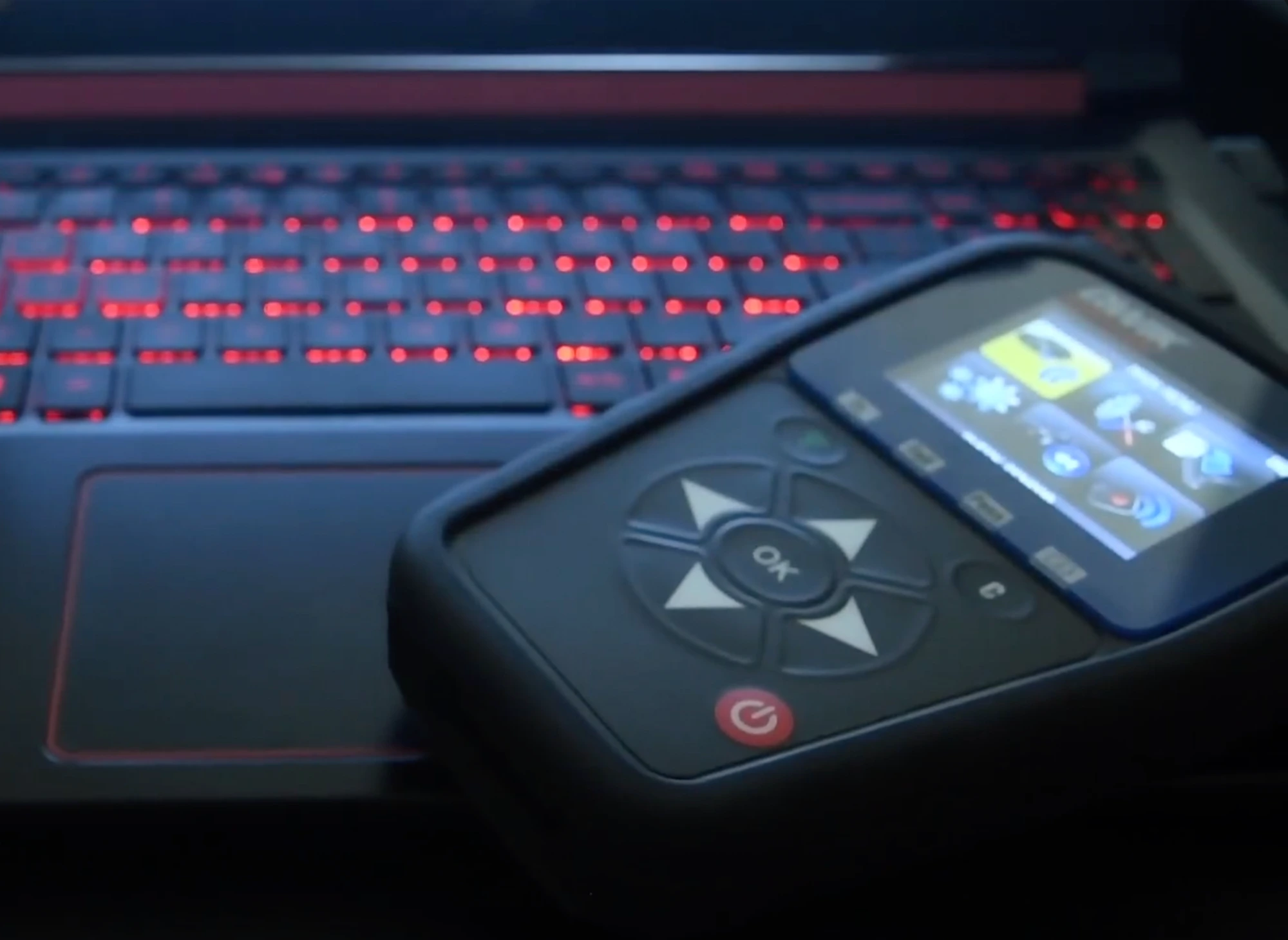
TPMS Tool Updates
Updating Your TPMS Tools Is Easy
Download the update for the T47000, T48000, and T57000 tools. (PC only)
Once downloaded, simply follow the steps to keep your tool up to date with the latest software. Updates will continually be released, so check back for updates.
TPMS Tool Update Videos
The StandardBrand YouTube TPMS playlist features product and technical information, installation and programming videos, training videos and more. With more than 650 videos (and growing), the StandardBrand YouTube channel has proven to be a valuable resource for technicians and parts professionals alike.
TPMS Tools (T46000, T47000, T56000) Software Update Instructions Video
TPMS Tech Tip: Tool Update
Standard® Single Sensor TPMS Program
TPMS Programming Tools
TPMS Program
Tech Tips & Impact on Vehicle Systems
As experienced ASE-certified automotive technicians themselves, Standard® Pro Trainers are experts in tire pressure monitoring systems. Here’s what they say to look out for during a TPMS service.
Low air in a tire can lead to safety issues like the risk of hydroplaning, diminished brake performance, delayed steering response, and a chance of a blowout.
Underinflated tires can cost a motorist more than $200 more in fuel per year.
A sensor relearn procedure should be performed on any vehicle with TPMS after every tire rotation or replacement.
Every time a tire is removed from the wheel, the TPMS service parts (valve stems, seals, nuts, washers, valve cores and caps) should be replaced, as these parts are all exposed to extreme weather, corrosion and aging.
Canned tire sealants can cause immediate damage to TPMS sensors. If any type of sealant has been used, a new TPMS sensor should be installed.
It is wise to update your TPMS tool regularly. Not only will this keep your tool up-to-date with the most recent vehicle coverage, but it will ensure your tool is equipped with any additional software fixes that may have been released since your previous update.
Low air in a tire can lead to safety issues like the risk of hydroplaning, diminished brake performance, delayed steering response, and a chance of a blowout.
Underinflated tires can cost a motorist more than $200 more in fuel per year.
A sensor relearn procedure should be performed on any vehicle with TPMS after every tire rotation or replacement.
Every time a tire is removed from the wheel, the TPMS service parts (valve stems, seals, nuts, washers, valve cores and caps) should be replaced, as these parts are all exposed to extreme weather, corrosion and aging.
Canned tire sealants can cause immediate damage to TPMS sensors. If any type of sealant has been used, a new TPMS sensor should be installed.
It is wise to update your TPMS tool regularly. Not only will this keep your tool up-to-date with the most recent vehicle coverage, but it will ensure your tool is equipped with any additional software fixes that may have been released since your previous update.
Check Out Our Available Pro Training Classes
Training, Installation & Product Videos
Viewing video(s) 1-14 of 14

No results found
